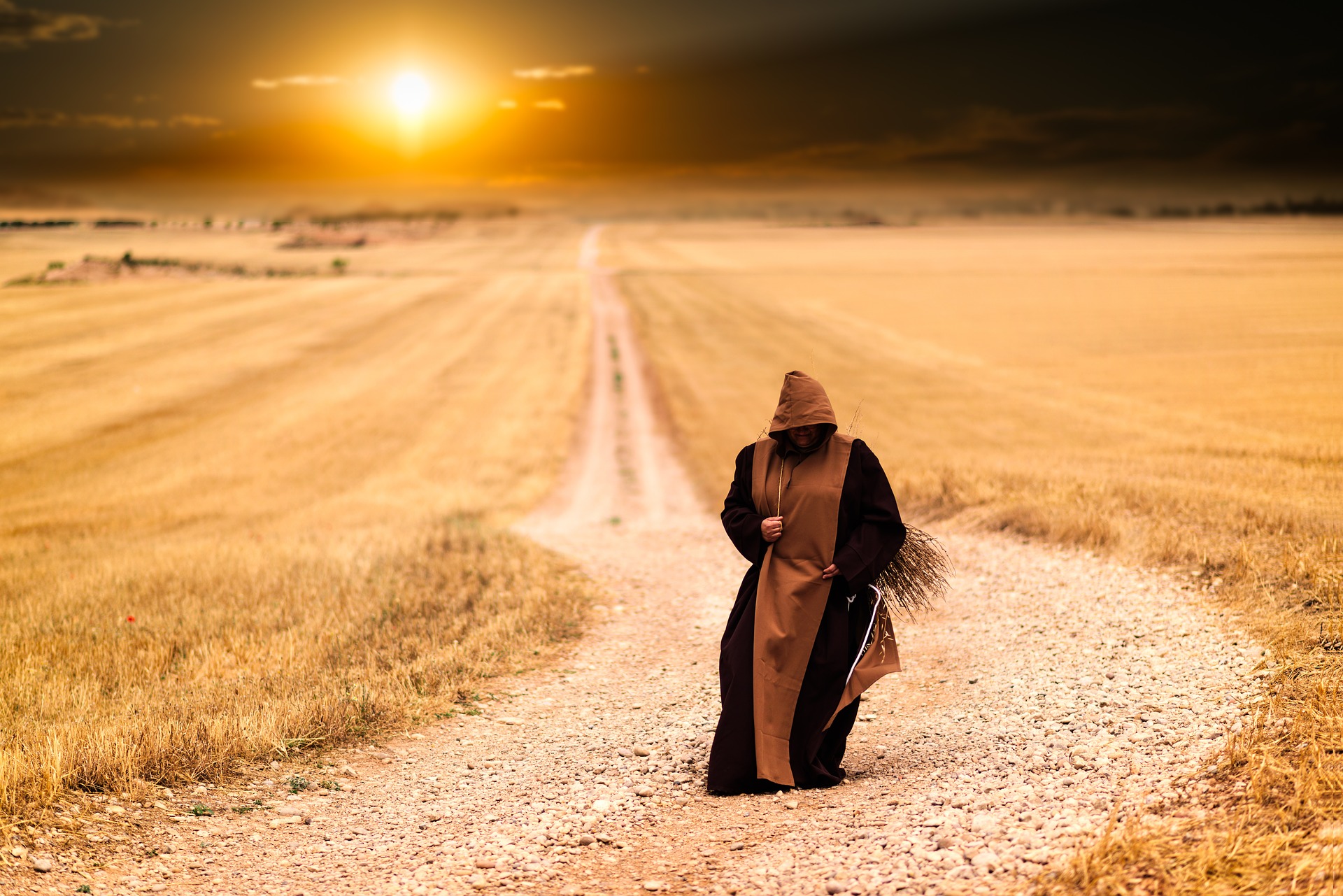
ויצא יצחק לשוח בשדה לפנות ערב
And Isaac went out to meditate in the field at the eventide Gen 24:63
Ques. – I have a simple question for the Rav. When am I allowed to daven mincha? From when? And till when?
Ans. Although your question is simple – the answer is not that simple at all.
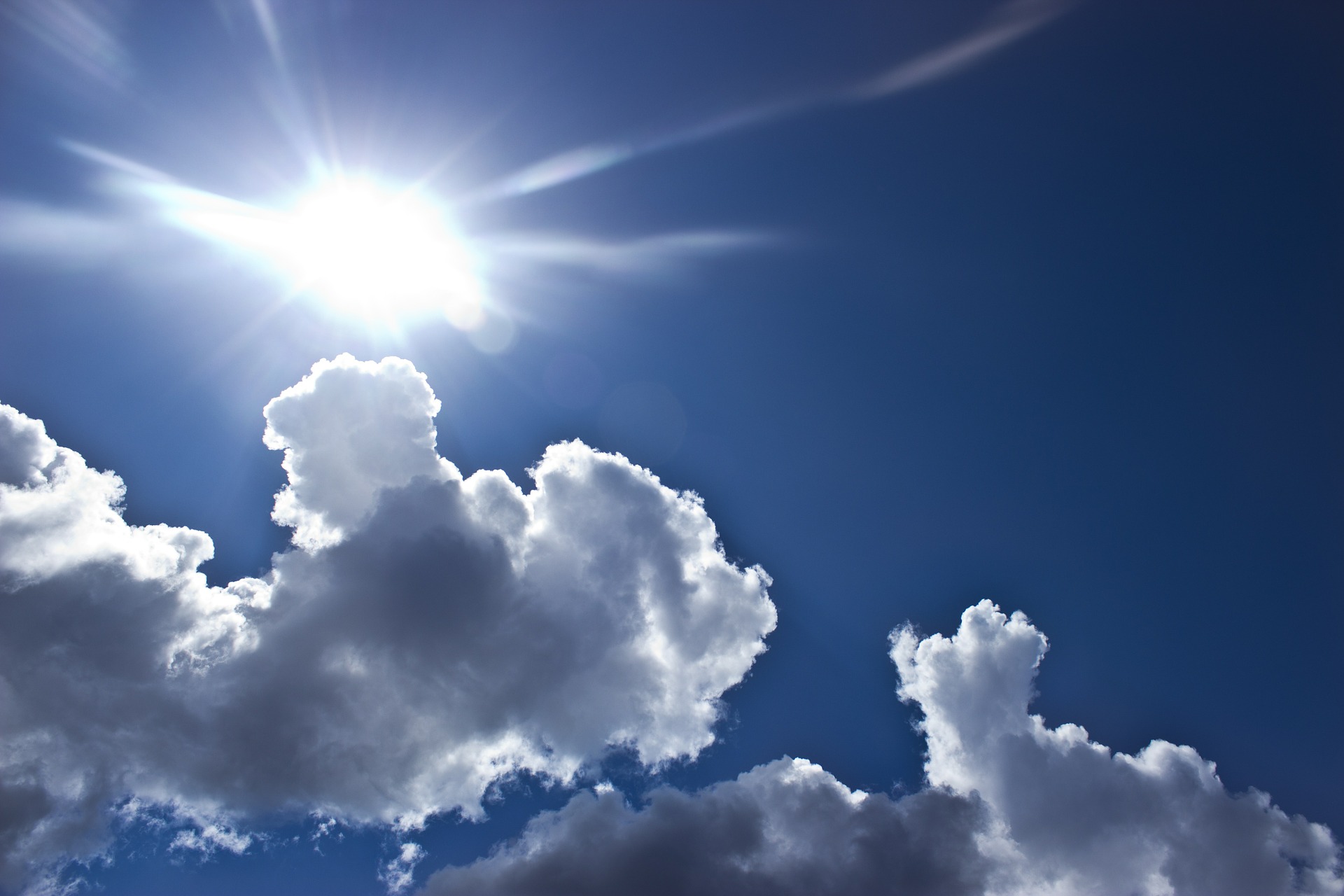
From the Avos and the Korban Tamid
First of all, although the Gemara says that Yitzchok Avinu established Tefillas Mincha, still it’s done only at the time the Korbon Tamid shel Bein Harbayim (the time of the afternoon Tamid) was brought in the Beis Hamikdosh.
Technically the afternoon starts at Chatzos – midday. Nevertheless the Korbon Tamid was brought in the afternoon only after a half hour past Chatzos, as the Chachomim wanted to avoid it ever be brought mistakenly before midday. Therefore, the time for mincha starts half an hour after Chatzos.
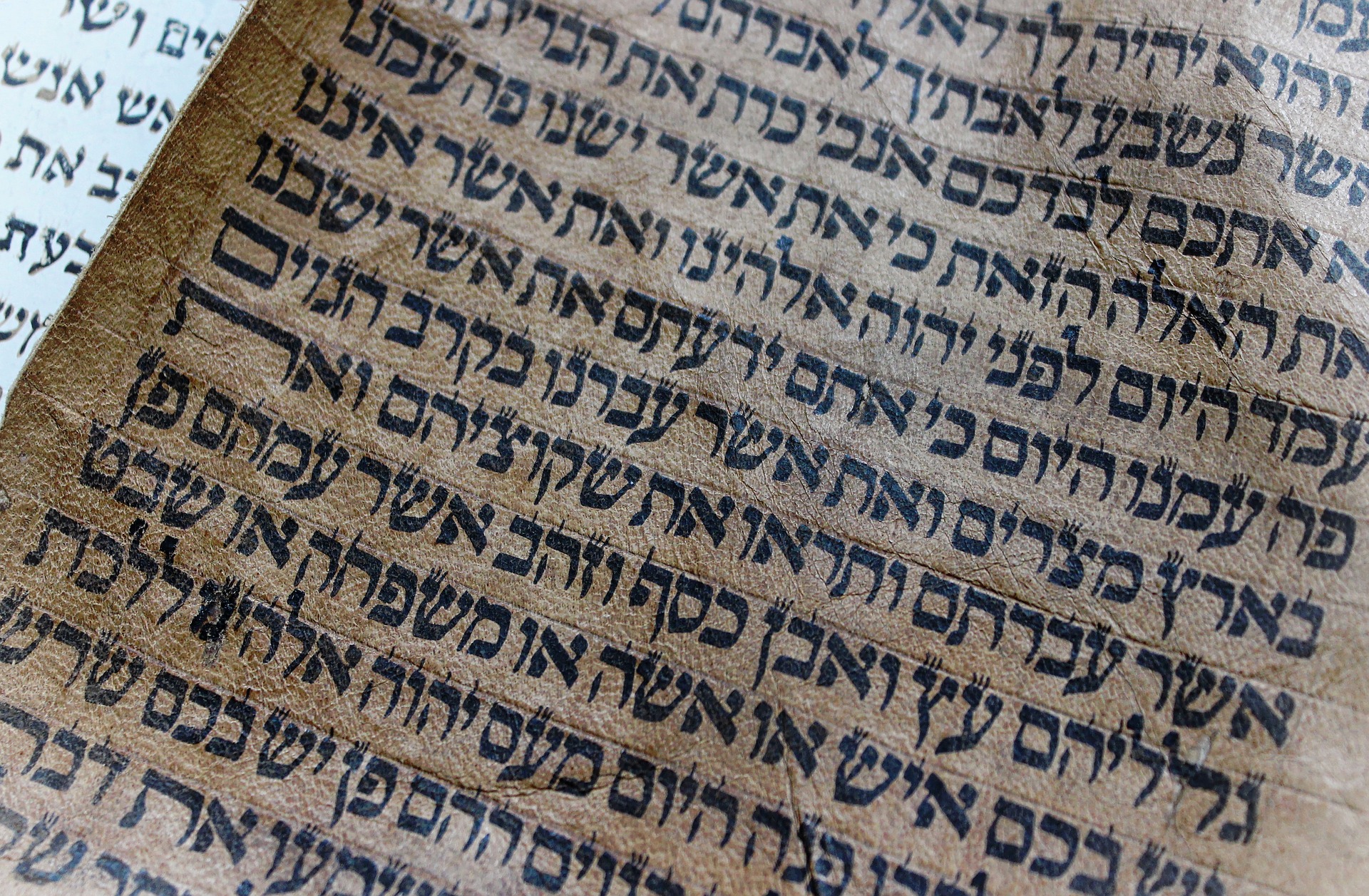
From the Torah:
M’doryaso, if the korbon Tamid was brought immediately after Chatzos the Korbon would be kosher. Therefore, some poskim maintain that if one davened mincha immediately after Chatzos, although he should’ve waited until half an hour after Chatzos, nevertheless, since m’dorayso the korbon would be valid then, the Tefilla of Mincha is valid then as well. Many argue on this logic, since the Chachomim established that the zman for mincha only starts half an hour after midday.
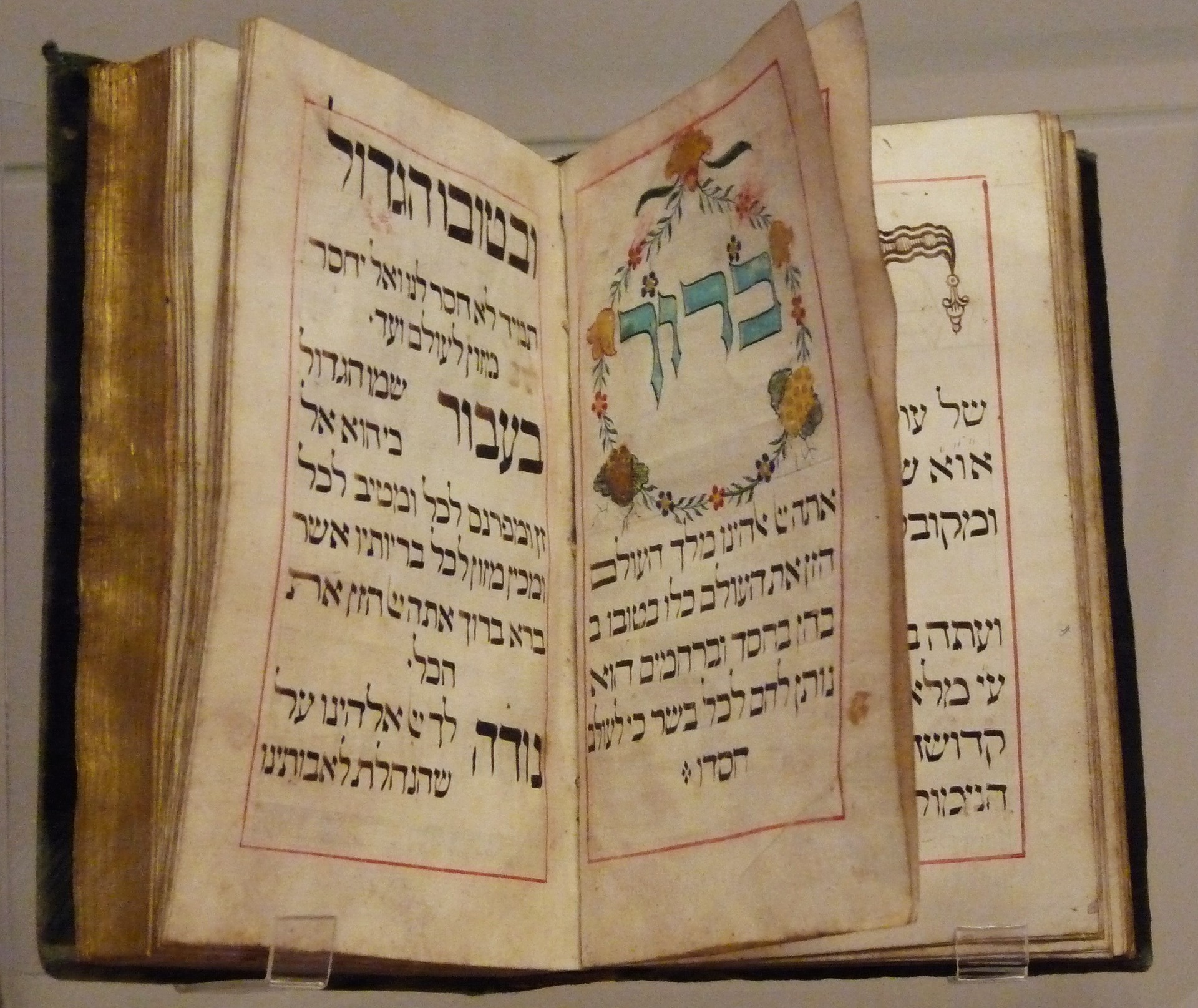
From the Rabbis:
According to the Shulchan Aruch, although one can daven mincha immediately after half an hour after midday (that’s referred to as mincha gedola), that’s only b’dieved. L’katchila one should not daven mincha until the time that’s referred to as mincha Ketana, i.e. two and a half hours “zemaniyos” i.e. based on the length of that particular day (one should refer to their halachic daily calendar). The reason for this is because in the Beis Hamikdosh, generally afternoon Korbon Tamid was brought only at that point and not before, so as to allow people to bring their korbon offerings until then. After the afternoon Tamid was brought no other korbon can be brought that day.
However, many poskim disagree with the Shulchan Aruch, including the Gr”a, and they allow one to daven mincha by mincha gedola, even l’katchila. The Mishne Brura writes that according to everyone, if one needs to daven by mincha gedola, i.e. they won’t find a minyan later, or they’re going on a trip, etc. one may daven mincha at mincha gedola, even l’katchila. (There actually are poskim who maintain that davening mincha at mincha gedola is preferable than davening at mincha ketana.)
That’s all regarding the earliest time to daven mincha.
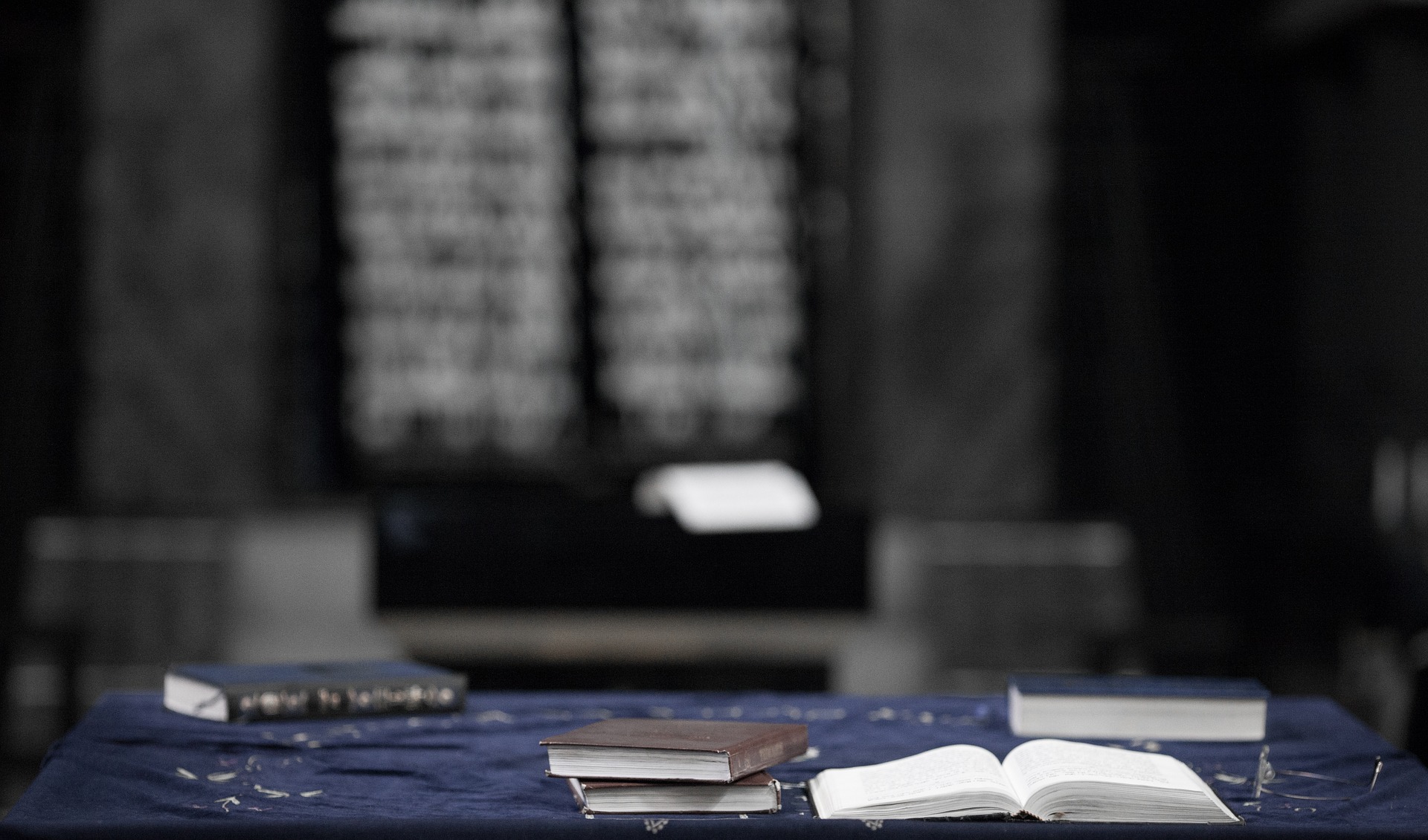
When is it too late?
Until when may one daven mincha? In the Mishna there are two opinions. One opinion is the opinion of Rebbi Yehuda, that one can daven mincha until plag hamincha – i.e. an hour and a quarter before night, in “shaos zemaniyos”, and immediately afterwards one can daven mariv.
The other opinion is the opinion of the Chachomim that one can daven mincha till it’s night, and the zman of mariv follows immediately afterwards. The halacha actually allows one to decide whose opinion to follow. Therefore, if one wants to daven mariv after plag hamincha, one can act according to Rebbi Yehuda, and as long as one davened mincha before plag, one can daven mariv immediately afterwards. If one would like to, one can daven mincha until it’s night as the Chachomim maintain, but one cannot daven mariv until it becomes night.
However, one cannot do a “tarti-d’sasri”, i.e. a clear contradiction. Therefore, one cannot daven mincha after plag, which works only according to the Chachomim, and then go ahead and daven mariv before night, which works only according to Rebbi Yehuda. One must be consistent in the opinion of who they are following.
Acc. To the Shulchan Aruch one should be consistent every day, and not switch from one day to the next, which opinion they are following. However, when one must change, for example, if one normally davens mincha until sunset (in accordance with the Chachomim), and is going on a trip and won’t be able to daven mariv properly unless he can daven mariv before sunset, after plag, (in accordance with Rebbi Yehuda), one may do so, provided that on that day, he davens mincha before plag, thus not contradicting himself on the same day.
Davening mincha after plag, and davening mariv before night on the same day is a tarti-d’sasri on the same day which is unacceptable. [In the event that one won’t be able to find a minyan for mariv after night time and the tzibbur is davening then, even though it’s a tarti d’sasri on the same day one can be lenient and daven mariv together with the shul.]
The Aruch HaShulchan writes, that even if one normally davens in accordance with the Chachomim’s times, nevertheless, if one accepts Shabbos early (and davened )
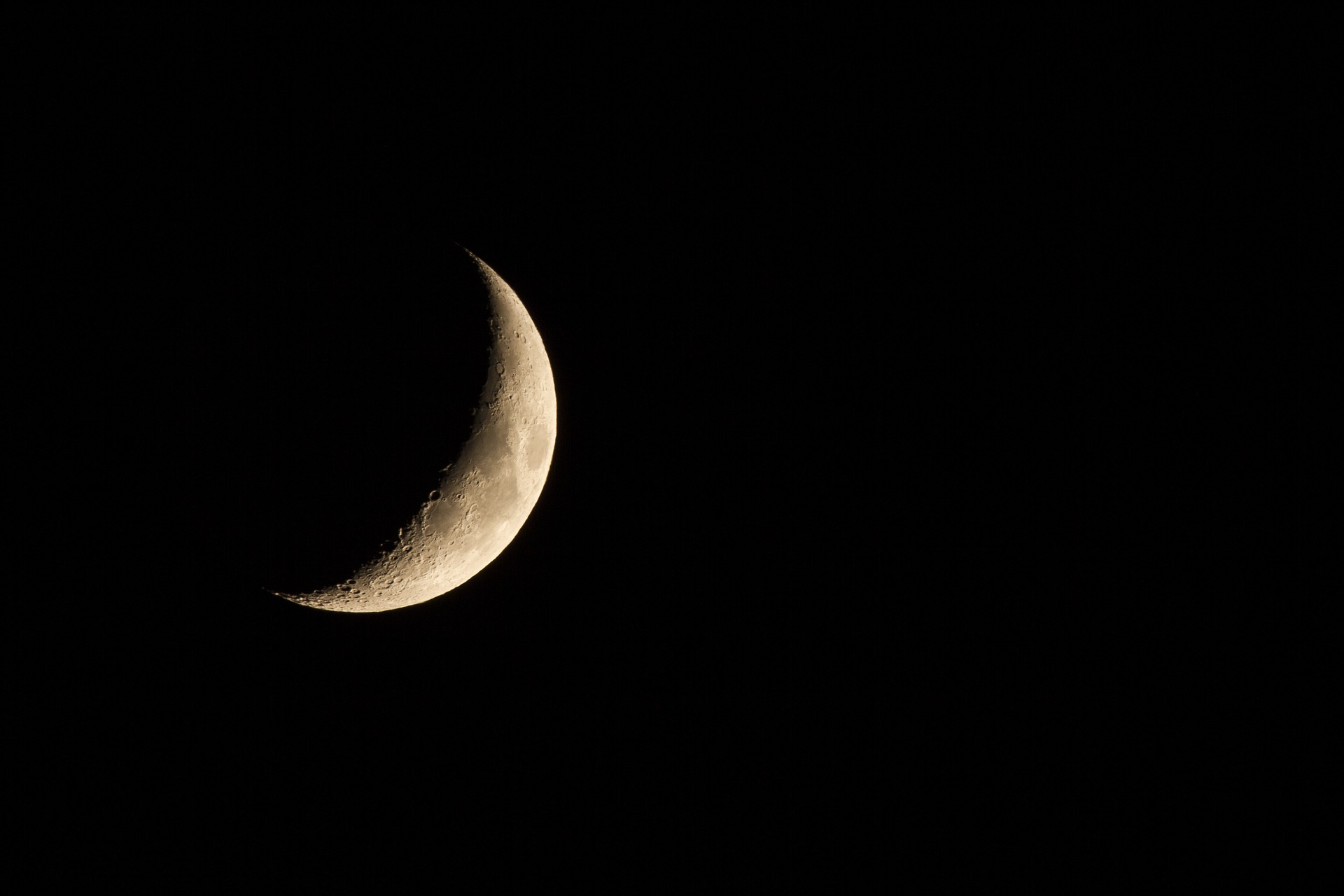
How do we define night?
Now we said the Chachomim maintain one can daven mincha until it’s night. How do we define night? There are several factors to consider.
Starting at Shkias Hachama (sunset) we enter a period of Bein Hashmashos (twilight) which is a safek if it’s day or night. Now there’s really a very basic machlokes as how to define shkias hachama that is the onset of bein hashamashos. According to Rabbeinu Tam, and that’s really the way the Shulchan Aruch paskens, halachic shkia is not what we call sunset.
Rather, after what we call sunset, it’s still definitely day, until what Rabbeinu Tam refers to as “sof shkia”, i.e. the end of shkia, the latter phase of shkia where the sun disappears completely. Many maintain that happens only 58 and ½ minutes after what we call sunset (and “tzeis hakochavim” – halachic nightfall happens 72 minutes after sunset).
Therefore one can daven mincha until then 58 and ½ minutes after sunset.
This is not according to everyone. Many poskim maintain that Rabbeinu Tam’s sof shkia varies from place to place. In fact, Rav Moshe Feinstein zt”l maintains that Rabbeinu Tam’s 72 minutes in other areas in the world, translates into approximately 50 minutes in the NY area (depending on what part of the year one is in). Therefore mincha acc. To Rabbeinu Tam in NY would be until approximately 35 minutes after sunset, again, very much depending on what day of the year we’re talking about.
However, that’s only according to Rabbeinu Tam. The Geonim maintain, and the Gra paskens like that as well, that bein hashmashos starts immediately by sunsent.[ The exact time of tzeis hakochavim is subject to several opinions, which we do not have the time and space in this forum to comprehensively cover this subject, but it can range from 13 and ½ minutes after sunset to approximately 45 minutes after sunset].
According to this opinion one should daven mincha before sunset; after sunset it’s not certainly day anymore. Therefore, according to the Mishne Brura one should daven mincha while it’s still certainly day, which means one must daven mincha before sunset.
If one missed davening by sunset, b’dieved, one can rely on Rabbeinu Tam and daven until Rabbeinu Tam’s sunset. [However, if one never goes by Rabbeinu Tam and relies entirely on the opinion of the Geonim even to be lenient, i.e. one does melacha on motzei Shabbos before Rabbeinu Tam’s nightfall, in such a case one would not be able to rely on Rabbeinu Tam to daven mincha after sunset.]
There’s another factor though, to be considered. Although we mentioned the opinion of the Mishne Brura not to daven mincha by bein hashmashos, many poskim disagree. The opinion of the Shaagas Aryeh, and many others is that during bein hashmashos one may in fact daven mincha.
The Aruch Hashulchan actually understands that to be the opinion of the Shulchan Aruch as well (as it’s only a safek in a d’rabonon). Therefore, although it’s definitely preferable to daven mincha before shkia, if necessary, one may definitely rely on the opinions that one may daven mincha after sunset as well, as long as it’s bein hashmashos.